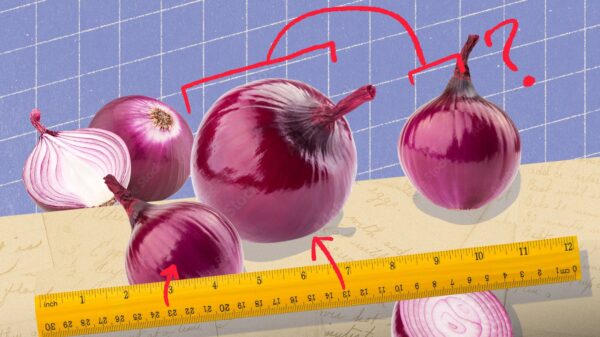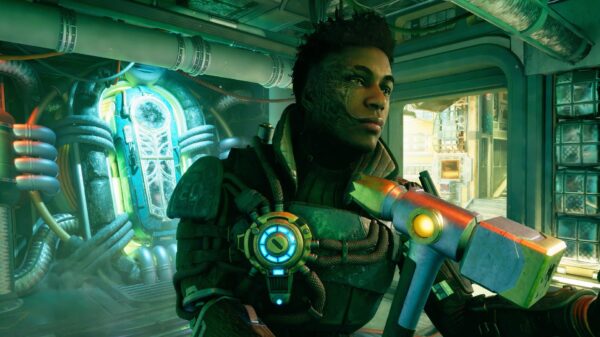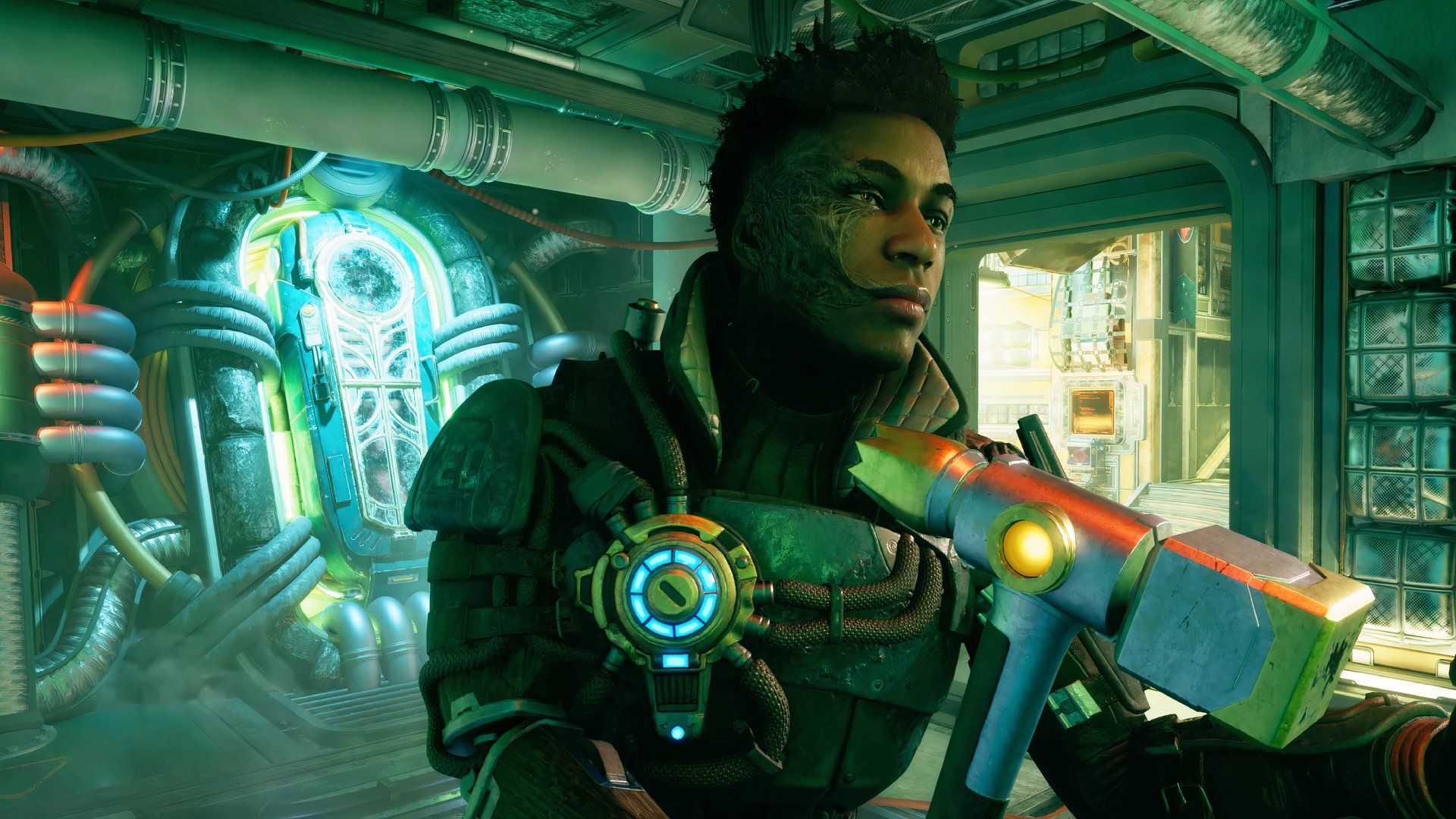The release of The Outer Worlds 2 has garnered positive attention for its engaging writing, stunning environments, and compelling storyline. Among its many features, one notable aspect has received little mention: the absence of an encumbrance mechanic. This change has significantly improved the player experience, allowing for a smoother exploration of the game’s expansive world.
The Freedom to Explore
Encumbrance mechanics, common in many role-playing games (RPGs), limit how much players can carry, often hindering gameplay. In previous titles, such as Oblivion, players often found themselves overburdened, needing to make multiple trips to sell loot. This not only interrupted the flow of the game but also detracted from immersion. In contrast, The Outer Worlds 2 allows players to freely gather items without worrying about inventory limits.
This design choice resonates with players who enjoy collecting items, as it eliminates the frustration of managing carry weight. Many RPG enthusiasts, including those who engage in activities like stealth, lockpicking, and pickpocketing, have expressed appreciation for this feature. The game supports a more fluid experience by allowing players to focus on exploration rather than inventory management.
Notably, the first installment, The Outer Worlds, included an encumbrance system that restricted players’ movement and fast travel. The sequel’s decision to remove this mechanic has been well received, enabling players to delve into the richly detailed environments without interruption. Whether scouring the colony of Arcadia or uncovering secrets in hidden corners, players can now enjoy the thrill of discovery without the frequent need to manage their inventory.
Player Experience Over Mechanics
The absence of encumbrance aligns with a broader trend in game design that prioritizes player enjoyment. While survival games often rely on resource scarcity to enhance tension, The Outer Worlds 2 demonstrates that RPGs can thrive without such limitations. Players typically sell off excess loot, but the game’s design allows for a more relaxed approach to collection.
“Dealing with encumbrance is annoying as hell and incredibly immersion-breaking,” one player shared, emphasizing the benefits of the new mechanic-free approach.
As RPGs continue to evolve, the success of The Outer Worlds 2 suggests that other developers might consider eliminating encumbrance systems in future titles. The ability to explore and collect freely is not only enjoyable but can enhance overall gameplay, offering a more immersive experience. Players are encouraged to enjoy their adventures without the constant concern of carrying capacity, making for a more engaging journey through the game’s vibrant universe.
In conclusion, The Outer Worlds 2 stands out for its innovative decision to remove encumbrance mechanics, allowing players to focus on exploration and enjoyment. This shift could set a new standard in the RPG genre, demonstrating that an enjoyable player experience often outweighs traditional game mechanics.






































































